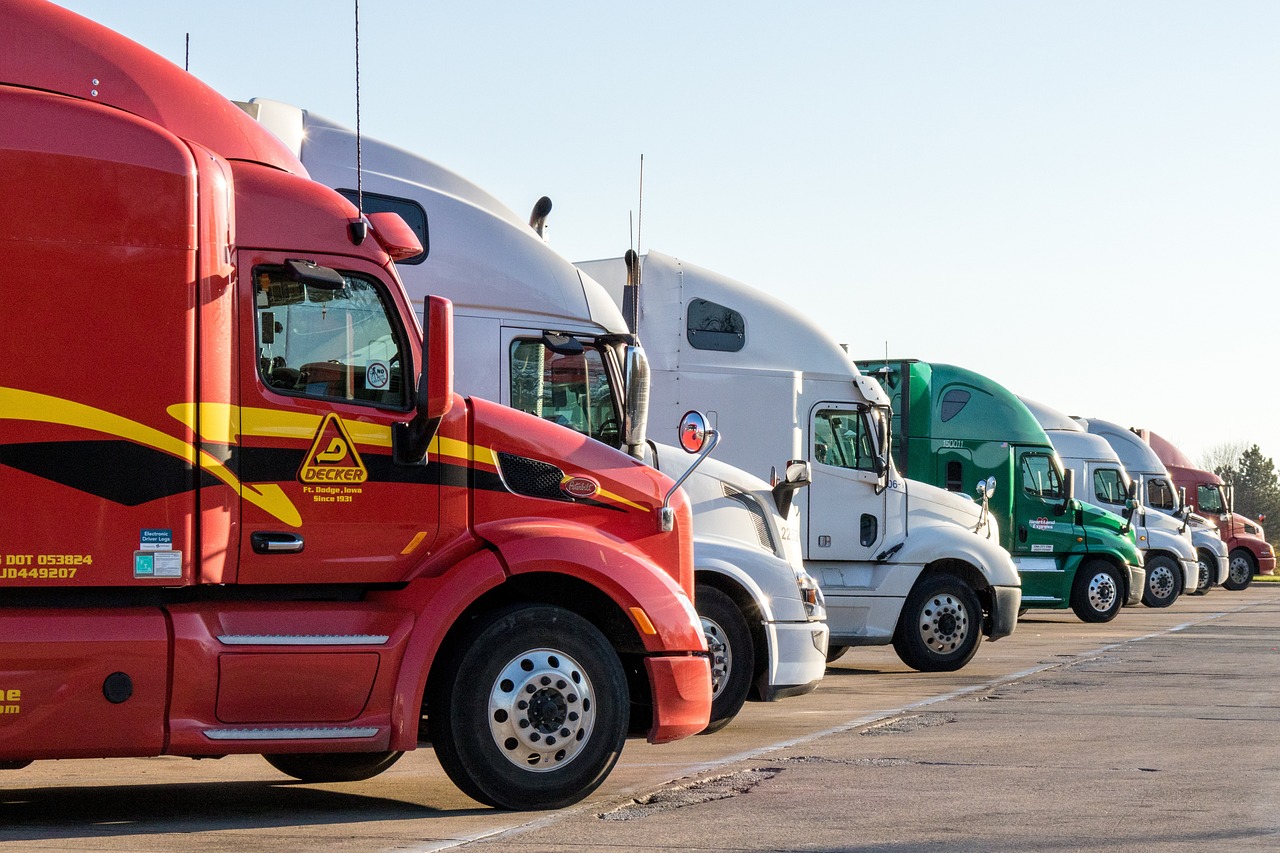Throughout the past few centuries, advancements in technology have allowed businesses to expand their influence throughout the country. It started with the railroad and has progressed to the utilization of automobiles and business fleets. Even today, engineers are pushing to find ways to make fleets not only more efficient but also safer for the drivers and those around them.
Various new ideas have been introduced for business fleets, and although some have been unsuccessful, others have gained popularity as incredibly useful technologies. Many of these inventions promote safety, help with management, or make fleets more efficient, making them excellent additions to any business fleet.
1. Advanced Driver-Assistance Systems
ADAS focuses on preventing human error to reduce the number of accidents on the road. To do so, this system uses cameras and sensors placed throughout the vehicle and an AI that identifies objects, processes them, and quickly responds to a dangerous situation. This technology provides a variety of systems to improve driver safety, such as lane departure warning, traction control, and forward collision warning.
There are two types of ADAS: passive and active. Passive ADAS can alert drivers of smoking, cell phone use, or other risky behaviors. This helps them remain focused on the road. Active ADAS takes automatic action to prevent a collision. These systems include autonomous parking and adaptive cruise control, among several other functions.
Safety on the road is key to business fleet efficiency and success. With advanced technology to both warn of and prevent accidents, business managers can feel confident that their drivers and those around them will be much safer on the road through the use of ADAS.
2. Electric Vehicles
Environmental benefits are frequently the central focus of electric vehicle benefits, as this improves the reputation of businesses and attracts more clients. However, incorporating them into business fleets can also help companies save money. Electric vehicles cost less to maintain and operate, as they lack complex combustion engines and run on electricity, which is cheaper than gasoline. Due to these benefits, EVs can lead to great savings for businesses.
If some business owners are concerned about the initial cost of electrifying their fleets, then they can take the incorporation more slowly. The same benefits would still be obtained, but in a longer time. Overall, electric vehicles can improve the reputation of business fleets and save costs, making them a great way to incorporate new technology into a company.
3. Vehicle Cameras
Recording driver or vehicle surroundings and saving the footage can be incredibly useful not only for operator safety, but also for the security of the business. The high-quality footage taken by vehicle cameras provides information that can be used in a variety of ways to benefit the company.
By recording what the driver is doing, companies can ensure that their employees are adhering to company standards. If an operator is consistently displaying risky behavior, then the company can fire them to prevent accidents that could result from the driver’s actions. Furthermore, clean camera footage can accurately show which party is at fault if an accident occurs, significantly reducing the cost of insurance. It also provides clear evidence and facts regarding an incident, which can protect businesses from false claims and fraud.
This technology has a variety of uses that can benefit the entire company. Vehicle cameras not only help with the safety of drivers, but also protect businesses from legal incidents. This is a major benefit that can save companies lots of money and help it grow and improve.
4. Telematics
Wireless technology presents numerous capabilities, including the ability to transmit data from vehicles to central databases. Telematics creates multiple opportunities for business fleets to increase efficiency, as it can provide real-time data for fleet managers to observe. Information such as vehicle speed, location, and fuel consumption allow fleet managers to make informed decisions about route planning, driver behavior, and more.
The use of telematics significantly increases the productivity of a business fleet. Aspects like maintenance and route optimization can be managed proactively with the information that telematics supplies, boosting driver efficiency. With telematics, business fleets can accomplish more with less, saving costs and raising productivity for the entire company.
5. Blockchain
In fleet management, blockchain allows businesses to record all transactions. Every party involved has access to the content, although not all can alter it. This creates a secure system that is near impossible to tamper with and provides numerous other benefits for business fleets.
If fleets integrate Internet of Things devices with blockchain, businesses can track not only transactions, but also fuel consumption and vehicle condition. This allows for more informed decisions, which can increase fleet productivity. Furthermore, drivers can be instantly paid the moment their trip is completed thanks to blockchain’s ability to monitor digital payment routes. If triggered by a driver’s completion of a route, blockchain can automatically transfer funds to their account.
Overall, blockchain is excellent for business fleet organization and data security. These strengths benefit not only the fleet, but the entire company. As an established form of business fleet technology, blockchain is one of the best options for safe and reliable data storage.
Summary of the Five Best Business Fleet Technologies
Although there is a wide variety of technologies that business fleets can use, the above five remain the greatest due to their reliability and efficiency. From physical cameras to virtual systems, these innovations provide various benefits for fleet safety, productivity, and costs. With such technologies available and continuing to improve, businesses should focus on implementing them as soon as possible for the growth of the company.
Check out our blog for more interesting reads.



